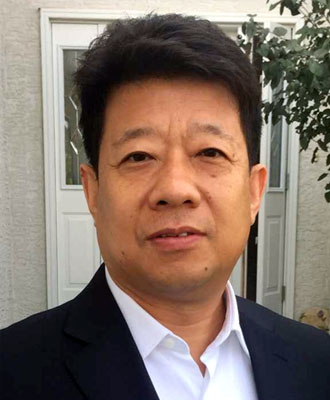To attend, please RSVP to epp@cseg.ca.
Unless we have exceeded the allowable number of people for the auditorium, we will not be replying to your email.
LunchBox Geophysics is free! Simply bring your own lunch (refreshments provided) and enjoy.
Abstract
In seismic imaging, static correction has been employed as the dominant method for solving the near surface problem in complex exploration areas. However, more precise subsurface seismic images, both in time as well as depth domain with high SNR, are required and demanded in prospect generating, especially in complex areas and unconventional explorations. Static corrections are simply not enough to meet the model-based imaging challenges. Here a total solution approach, based on high resolution near surface velocity model from first arrival tomography inversion, is proposed. Total solution is meant to cover all necessary compensations from field acquisition, processing and interpretation. Specially, Total solution consists of near surface absorption and attenuation compensations in addition to traditional static correction, which is critical due to the near surface severe signal absorption. In the data acquisition stage, it is proposed to take advantage of existing seismic data so that optimum survey parameters and shot hole depths can be designed for the low velocity layer, which will automatically ensure higher quality data. On the other hand, in the processing stage, in addition to applying “static” time shift corrections, the proposed solution uses first arrival signals to invert to a near surface velocity model and then applied to PSDM model building with great improvements. Lastly, in the interpretation stage, we have harmonized the near surface model with the deep reflection derived model so that the velocity mapping quality will be significantly improved. In general, our proposed total solution is taking takes into account all corrections from elastic kinematical & dynamical aspects, from initial survey design to final interpretation cycle. Case studies demonstrating the above improvements will be presented and discussed.
Biography
Liansheng Liu obtained his BSc and MSc degrees in Geophysics from Chang’An University of China in 1990 and 1993. He started working at Geophysical Research Institute of BGP doing seismic data processing and R&D in 1993. He established PanImaging Software Development Limited in Beijing in 2004 and PanImaging Canada in 2014. Liansheng has been focusing on static correction and near surface problems since 1995. He proposed the approach of first arrival residual static correction in 1998 and built the static correction processing flow for complex exploration areas which is still widely applied in China. He was granted the National Science and Technology Progress Award by the Chinese government in 2003. In the past six years Liansheng has been invited as the honourable lecturer by Sinopec to deliver talks concerning the leading technology and development of near surface problems. He is also a member of CSEG and SEG.





